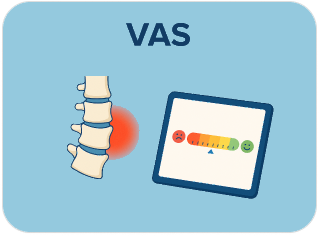Redefining Recovery for Osteoporosis Patients with Innovative Solutions
Use longitudinal data and bone health analytics to tailor interventions for aging populations with osteoporosis.
Redefining Recovery for Osteoporosis Patients with Innovative Solutions
Use longitudinal data and bone health analytics to tailor interventions for aging populations with osteoporosis.
Tracking Progress, Enhancing Care
Utilizing patient-reported outcomes enables real-time tracking of progress, empowering healthcare providers to optimize treatment plans for better recovery after osteoporosis-related surgeries.

Provides precise and flexible measures of pain, physical function, and overall well-being relevant to recovery after osteoporosis surgery.
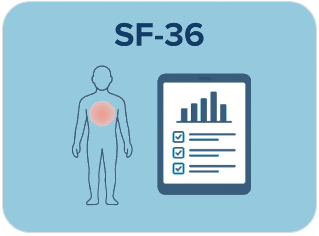
A generic measure assessing the broader impact of osteoporosis and surgery on the patient's overall health-related quality of life.
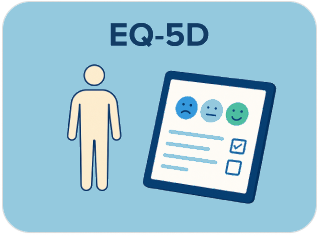
A widely used generic measure of health-related quality of life, capturing mobility, self-care, usual activities, pain/discomfort, and anxiety/depression.
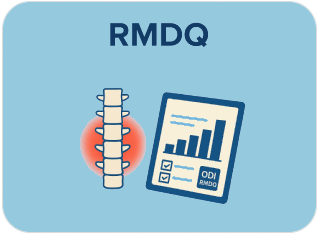
Specifically used for spinal fractures related to osteoporosis, assessing back pain-related functional limitations.
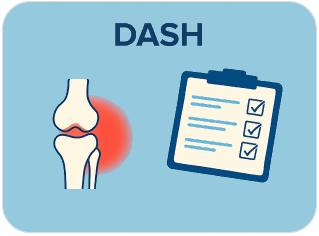
Used for fractures in the arm, shoulder, or hand due to osteoporosis, evaluating pain and functional limitations in the affected limb.
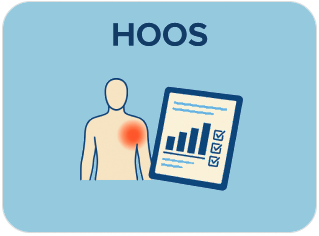
Used for hip or knee fractures related to osteoporosis, assessing pain, function, and quality of life specific to the affected joint.
Powered suported by leading international healthcare service
Key Implants for Osteoporosis Surgeries
Osteoporosis surgeries may involve specialized implants that provide stability, minimize fracture risk, and enhance healing. Age, bone density, and overall health influence implant choices.
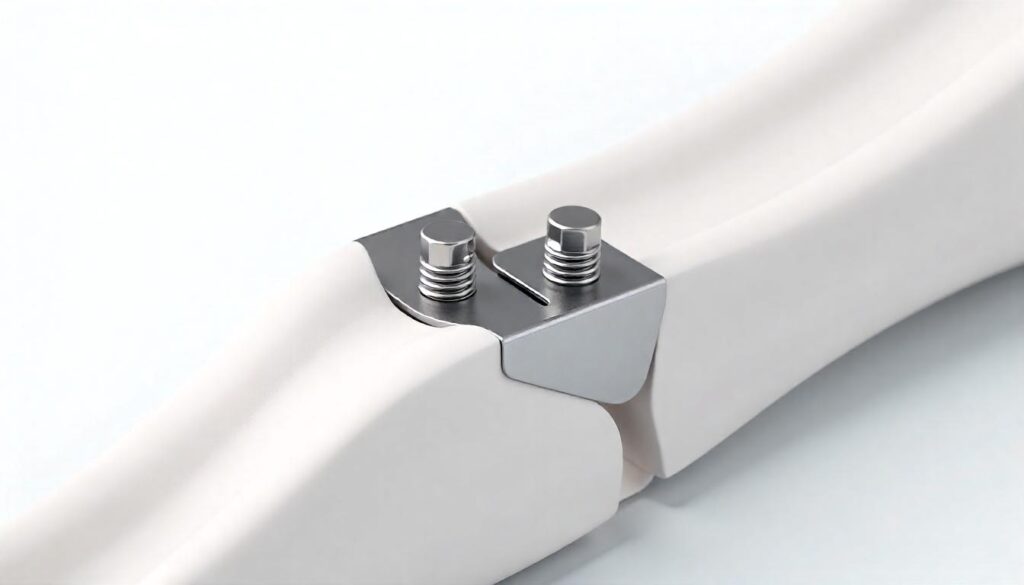
Plates and Screws
Outcome:
Bonds implants, fills gaps; used across all adult ages. Ensures implant durability. Provides structural reinforcement.
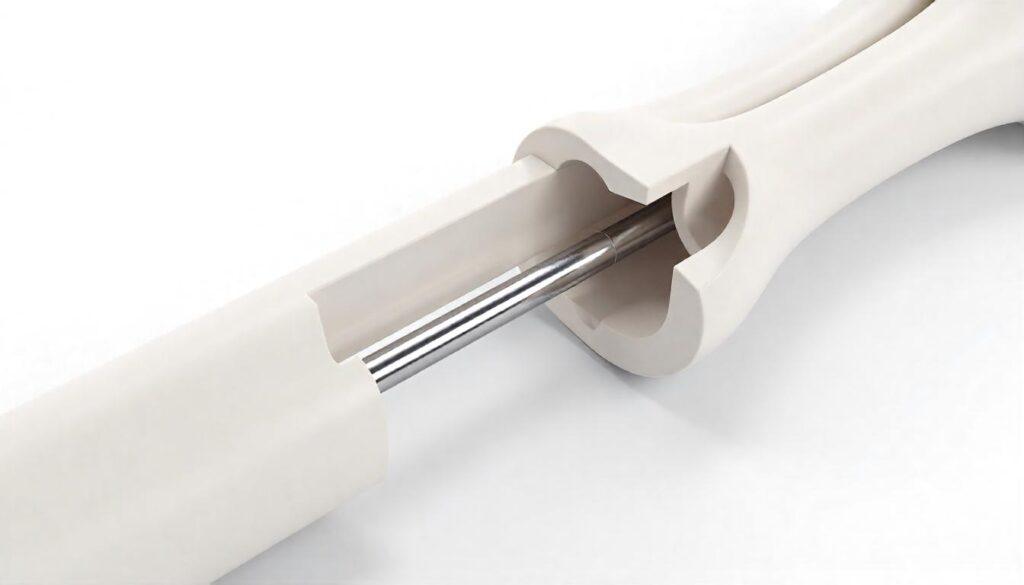
Intramedullary Nails/Rods
Outcome:
Align and support long bone fractures; best for ages 18-70. Enhance weight-bearing stability. Support rapid healing.
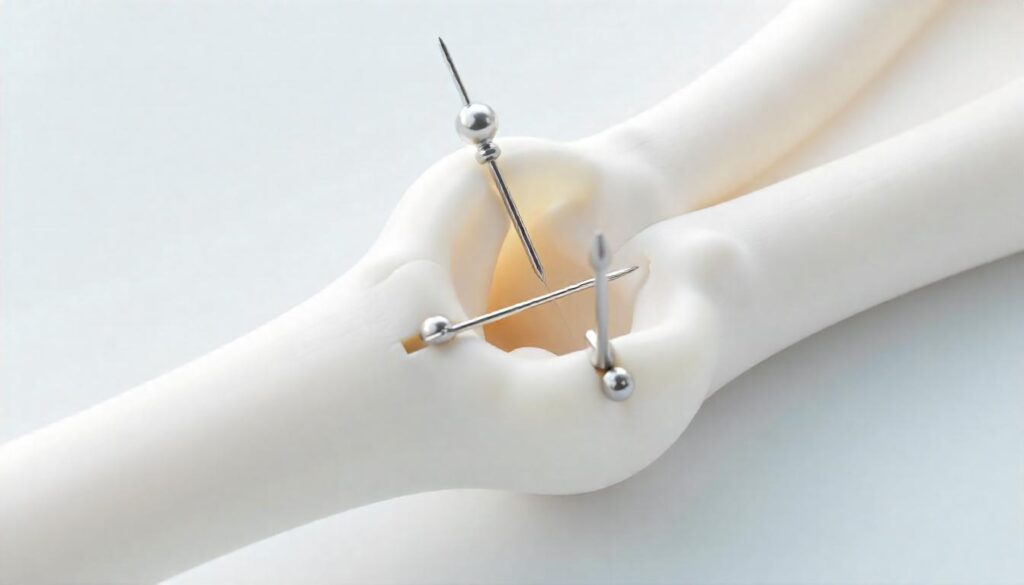
Wires and Pins
Outcome:
Secure small bone fragments; suitable for all ages. Facilitate precise fracture repair. Allow minimally invasive fixation.
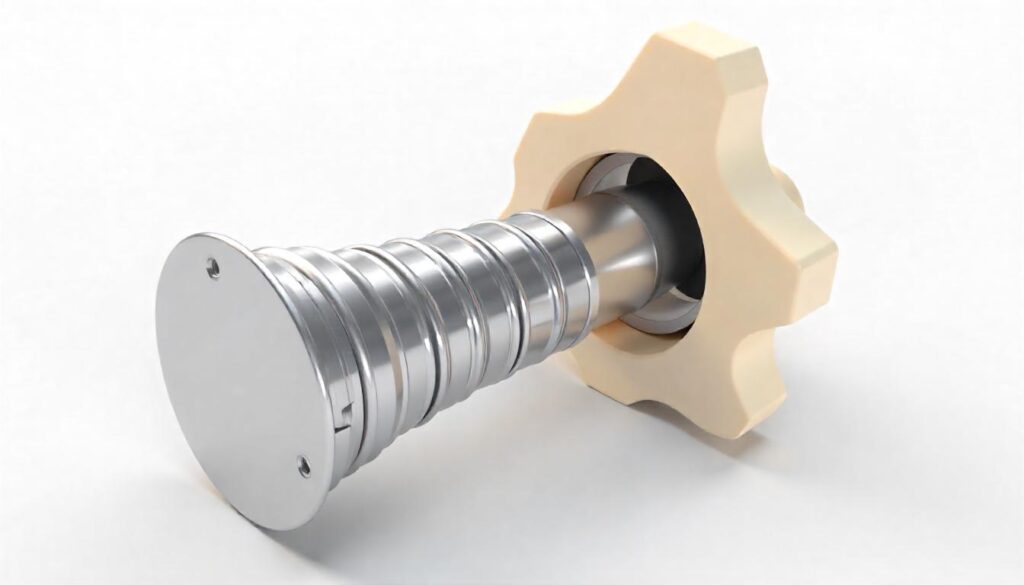
Hemiarthroplasty Implants
Outcome:
Replace half of a joint for mobility; ideal for 60+. Improve joint function. Restore partial joint motion.
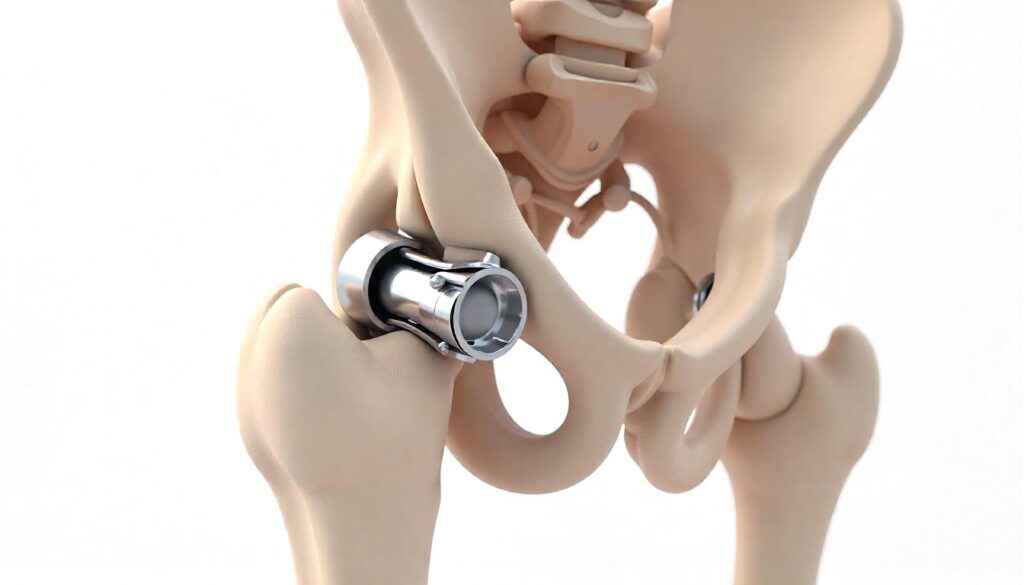
Total Joint Replacement Components
Outcome:
Restore full joint function; best for 50-80. Enable pain-free movement. Enhance quality of life.
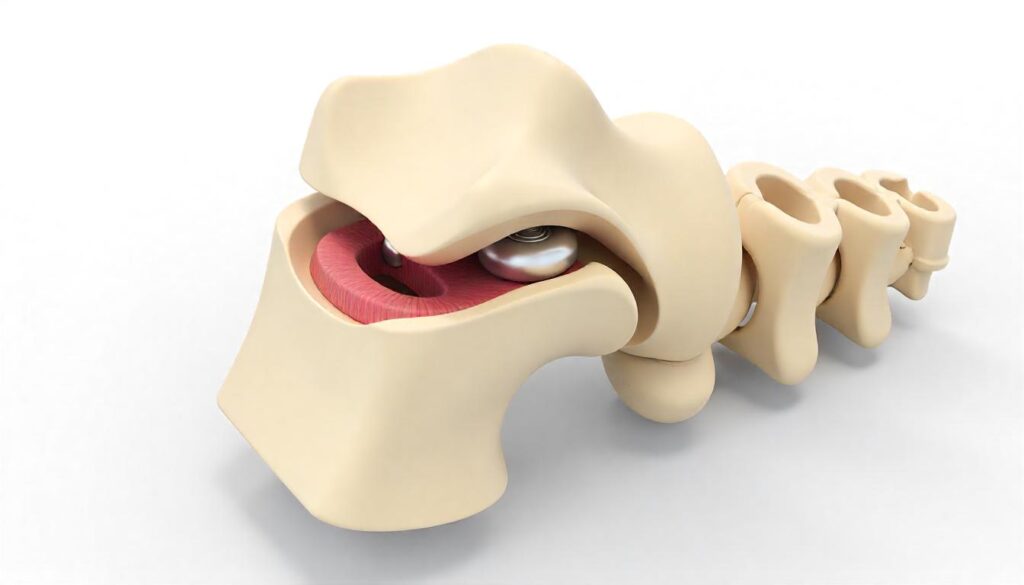
Vertebral Augmentation Devices
Outcome:
Stabilize spinal fractures; ideal for 50-85. Support spinal integrity. Improve posture stability.
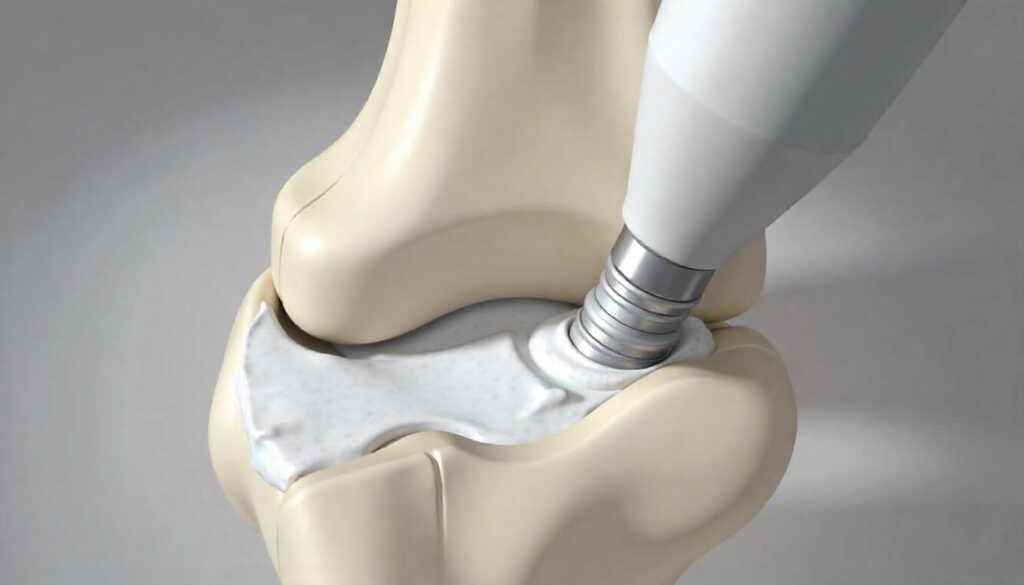
Bone Cement (PMMA)
Outcome:
Bonds implants, fills gaps; used across all adult ages. Ensures implant durability. Provides structural reinforcement.
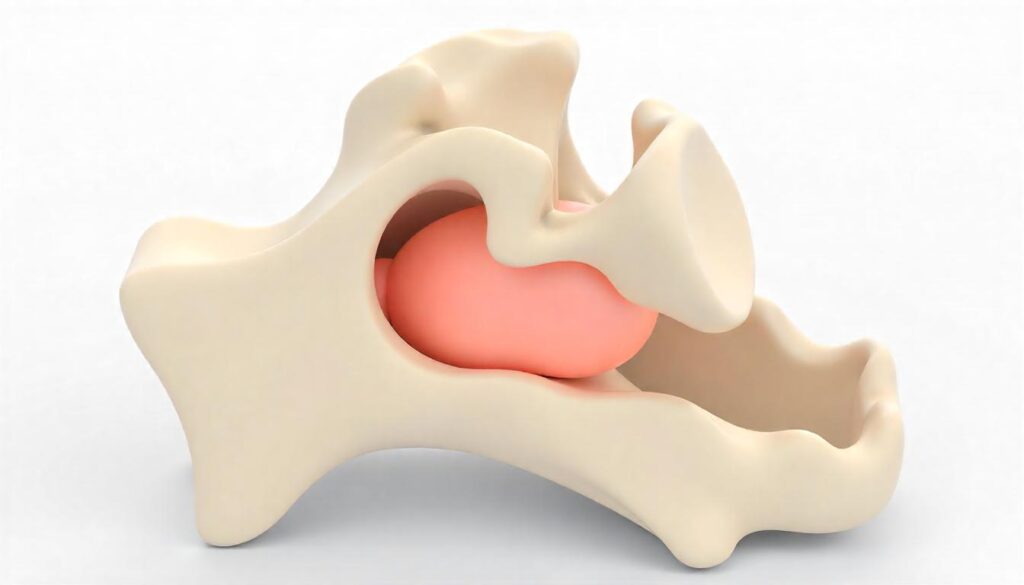
Balloon Tamps
Outcome:
Restore vertebral height; suitable for 50-80. Improve spinal alignment. Enhance vertebral strength.
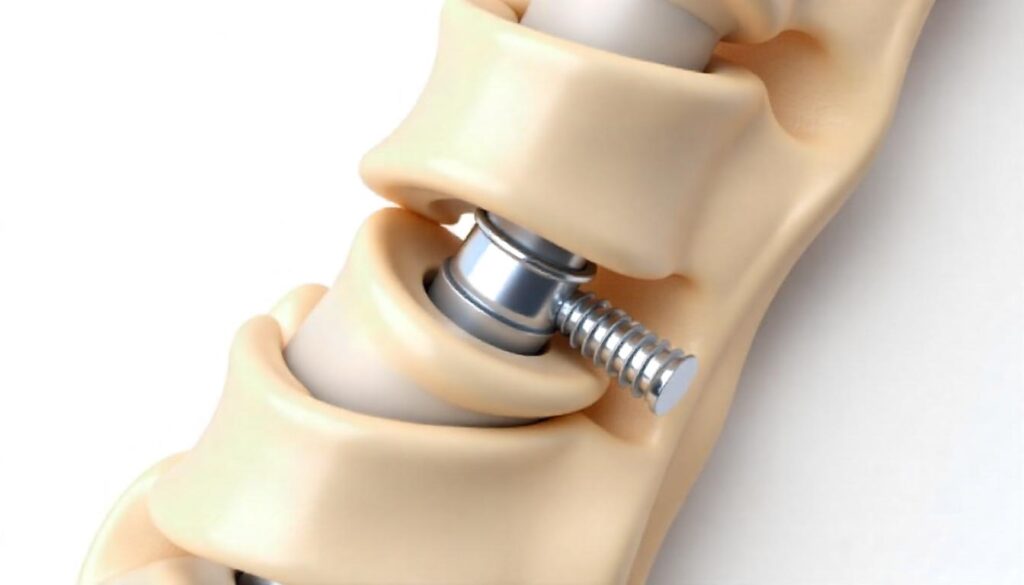
Spinal Implants
Outcome:
Enhance spinal stability; ideal for 40-75. Promote long-term spinal health. Support spinal mobility.
Transforming Outcomes with Data
Integrating real-time patient data with care navigation empowers personalized treatment decisions, enhancing recovery speed and improving overall patient outcomes in osteoporosis-related surgeries.
Proactive Risk Management
Real-time data collection enables early identification of potential complications, allowing proactive interventions and reducing post-surgery risks.
Optimized Treatment Plans
Personalized adjustments to care plans, based on continuous patient feedback, ensure better recovery trajectories and lower complication rates.
Streamlined Recovery Monitoring
Continuous tracking reduces unnecessary visits, making recovery smoother and more efficient for patients, while optimizing hospital resource use.
Improved Patient Engagement
Engaging patients in their recovery journey with clear metrics improves satisfaction and enhances adherence to post-surgery rehabilitation protocols.
Faster Feedback Loops
Immediate patient feedback accelerates the development of implants and technologies, promoting faster innovation cycles.
Better Design and Material Choices
The integration of real-time data influences the evolution of implant materials and designs, optimizing their effectiveness for patients with osteoporosis.
Targeted Surgical Approaches
Real-time care navigation enables the refinement of surgical techniques, leading to more accurate procedures and faster recovery times.
Building Better Support Systems
Data-driven care coordination enhances interdisciplinary communication, improving care quality and reducing potential delays in patient recovery.
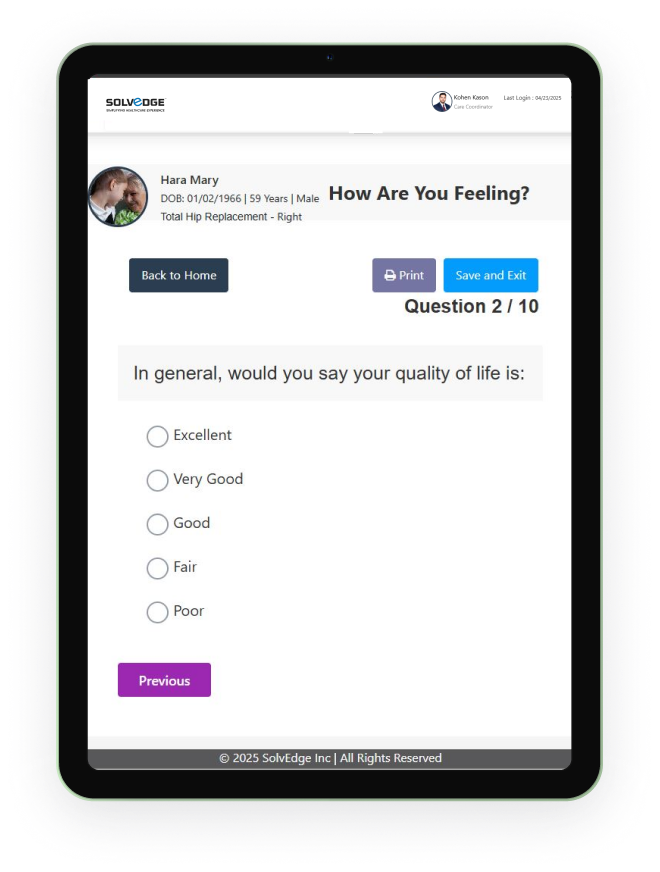

Transform Osteoporosis Surgery with Innovation
Smarter, More Effective Recovery Awaits
